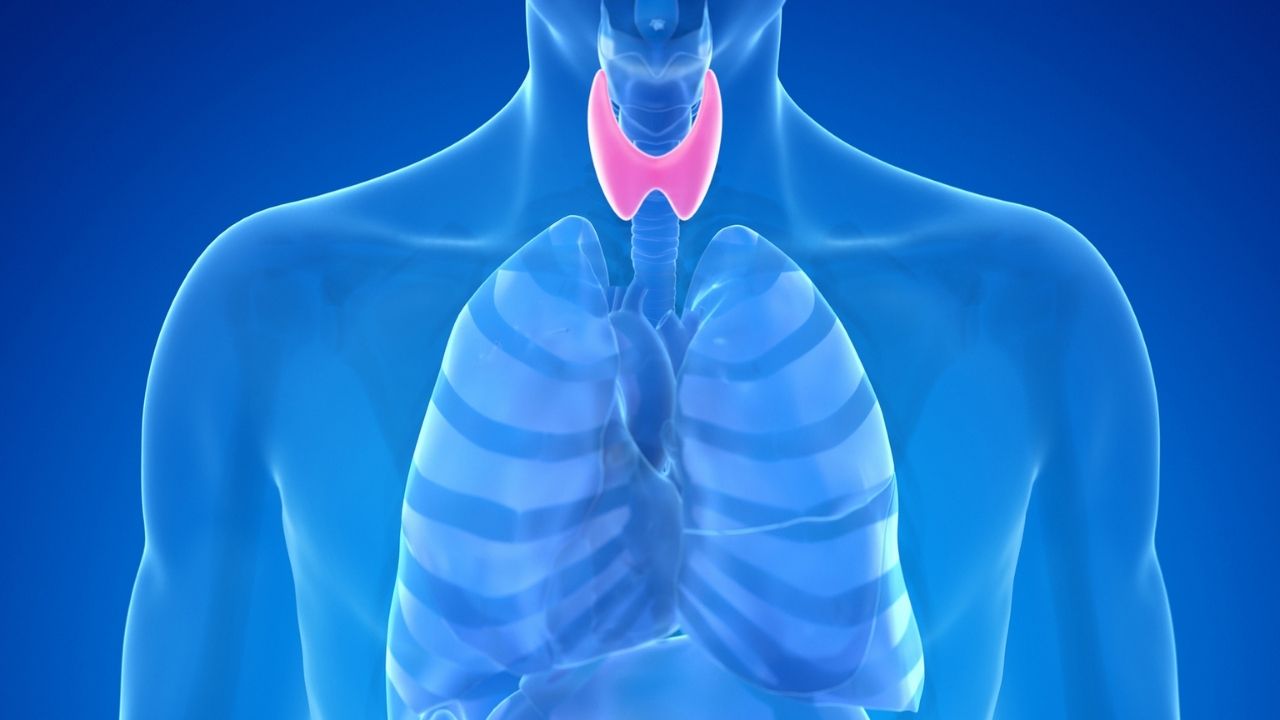
Scotland's history is as rich and rugged as its landscapes. From ancient castles shrouded in mist to the vibrant tales of legendary heroes, this country's past is a tapestry of intrigue, rebellion, and innovation. Historic Scotland beckons with stories of fierce battles, enlightened thinkers, and the indomitable spirit of its people. Whether it's the mysterious standing stones that predate history itself or the architectural marvels of Edinburgh's Royal Mile, each corner of Scotland offers a glimpse into a past that has shaped the modern world. In this blog post, we'll journey through 23 fascinating facts about Historic Scotland, uncovering the secrets and surprises that lie within its ancient boundaries. Get ready to be transported through time, discovering the events and figures that have made Scotland a land of myth, legend, and undeniable beauty.
Key Takeaways:
- Scotland's rich history is filled with legendary battles, ingenious minds, and cultural contributions. From the Highland Games to the iconic Edinburgh Castle, the country's heritage is a tapestry of fascinating stories and achievements.
- Scottish heroes like William Wallace and Mary, Queen of Scots, have left an indelible mark on history. The country's influence extends to the world through inventions like the telephone and Scotch whisky, shaping the modern world we live in today.
Discovering Scotland's Rich History
Scotland, with its rugged highlands, mysterious lochs, and ancient castles, holds centuries of history within its borders. This land has witnessed the rise and fall of clans, the birth of legendary heroes, and the shaping of a nation's identity. Let's delve into some fascinating facts about historic Scotland.
-
Edinburgh Castle, perched atop an extinct volcanic rock, has been a strategic military stronghold since the 12th century. Its history is a tapestry of royal births, military sieges, and significant historical events.
-
The Stone of Destiny, also known as the Stone of Scone, has been part of the coronation ceremonies for Scottish, and later British, monarchs for centuries. Legend says it was used by Jacob as a pillow in biblical times.
-
Scotland's official animal is the unicorn, symbolizing purity, innocence, and power in Celtic mythology. This mythical creature has been part of Scotland's coat of arms since the 12th century.
The Clans of Scotland
-
Scottish clans, each with their own tartan patterns, played a pivotal role in Scotland's history. These family groups were more than just kin; they were political units that fiercely protected their territory and interests.
-
The Battle of Culloden in 1746 was the last major battle fought on British soil. It marked the end of the Jacobite uprising and the clan system in Scotland.
-
Clan MacDonald of Glencoe suffered a tragic massacre in 1692, where 38 members were killed by government forces as punishment for not promptly pledging allegiance to the new monarchs, William and Mary.
Scotland's Ingenious Minds
-
Alexander Graham Bell, born in Edinburgh, is credited with inventing the first practical telephone. His Scottish roots influenced much of his work and innovations.
-
James Watt, an engineer and inventor, significantly improved the steam engine, which was crucial to the Industrial Revolution. His last name is where the term "watt," a unit of power, comes from.
-
The television, a revolutionary invention, was the brainchild of Scottish inventor John Logie Baird. In 1926, he demonstrated the world's first working television system.
Scotland's Natural Wonders
-
Loch Ness, home to the legendary Loch Ness Monster, or "Nessie," is Scotland's most famous loch. It's also one of the deepest freshwater bodies in the UK.
-
The Highland Games, a celebration of Scottish culture and strength, feature traditional sports such as caber tossing and hammer throwing. These games have been a part of Scottish culture for centuries.
-
Ben Nevis, the highest mountain in the British Isles, stands at 1,345 meters (4,413 feet) above sea level. It's a popular challenge for climbers and hikers.
Scotland's Cultural Contributions
-
Haggis, Scotland's national dish, is a savory pudding containing sheep's heart, liver, and lungs, mixed with onions, oatmeal, suet, spices, and salt. It's traditionally encased in the animal's stomach.
-
The kilt, a knee-length garment with pleats at the back, originated in Scotland. It's an iconic symbol of Scottish heritage and is usually made of woolen cloth in a tartan pattern.
-
Robert Burns, Scotland's national poet, penned the poem "Auld Lang Syne." It's sung around the world on New Year's Eve.
Scotland's Architectural Marvels
-
Stirling Castle, one of Scotland's largest and most important castles, has been the site of many significant historical events. It was the preferred residence of many Scottish kings and queens.
-
The Forth Bridge, a cantilever railway bridge across the Firth of Forth, is a symbol of Scotland's industrial heritage and a UNESCO World Heritage Site.
-
Skara Brae, older than Stonehenge and the Great Pyramids, is a well-preserved prehistoric village in Orkney. It offers a remarkable glimpse into Neolithic life.
Scotland's Legendary Battles and Heroes
-
William Wallace and Robert the Bruce are two of Scotland's most revered national heroes. They fought for Scotland's independence from England in the late 13th and early 14th centuries.
-
The Battle of Bannockburn in 1314 was a significant Scottish victory in the First War of Scottish Independence. Led by Robert the Bruce, the Scots defeated a much larger English army.
-
Mary, Queen of Scots, a key figure in Scottish history, was executed in 1587. Her life and reign are shrouded in intrigue, tragedy, and controversy.
Scotland's Influence on the World
-
Scotch whisky, also known simply as Scotch, is one of Scotland's most famous exports. This distilled spirit has been produced in Scotland for hundreds of years.
-
The Scottish Enlightenment of the 18th century was a period of intellectual and scientific accomplishments. Figures like Adam Smith and David Hume made significant contributions to economics, philosophy, and science, influencing the modern world.
A Final Stroll Through Scotland's Past
Scotland's history is as rich and textured as its landscapes. From the ancient echoes of prehistoric times to the clash of swords on battlefields, every corner of this land tells a story. We've journeyed through time, uncovering 23 fascinating facts that paint a vivid picture of Scotland's past. These stories, from the mysterious standing stones to the innovative Scottish inventions that changed the world, highlight the enduring spirit of the Scottish people. Their resilience, creativity, and fierce independence have shaped not just a nation, but the very fabric of human history. As we leave behind the misty highlands and the tales of yore, let's carry with us a deeper appreciation for Scotland's contribution to our collective heritage. It's a reminder that history isn't just about dates and events; it's about the indomitable human spirit that shapes our world.
Frequently Asked Questions
Was this page helpful?
Our commitment to delivering trustworthy and engaging content is at the heart of what we do. Each fact on our site is contributed by real users like you, bringing a wealth of diverse insights and information. To ensure the highest standards of accuracy and reliability, our dedicated editors meticulously review each submission. This process guarantees that the facts we share are not only fascinating but also credible. Trust in our commitment to quality and authenticity as you explore and learn with us.


